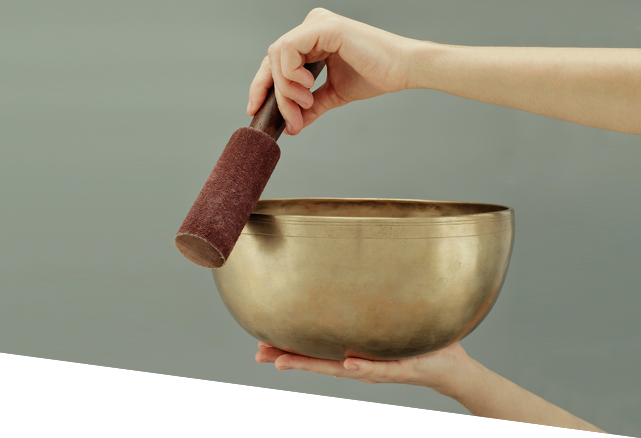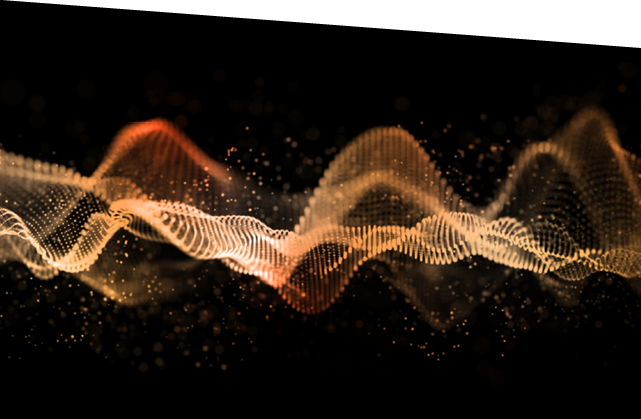we start
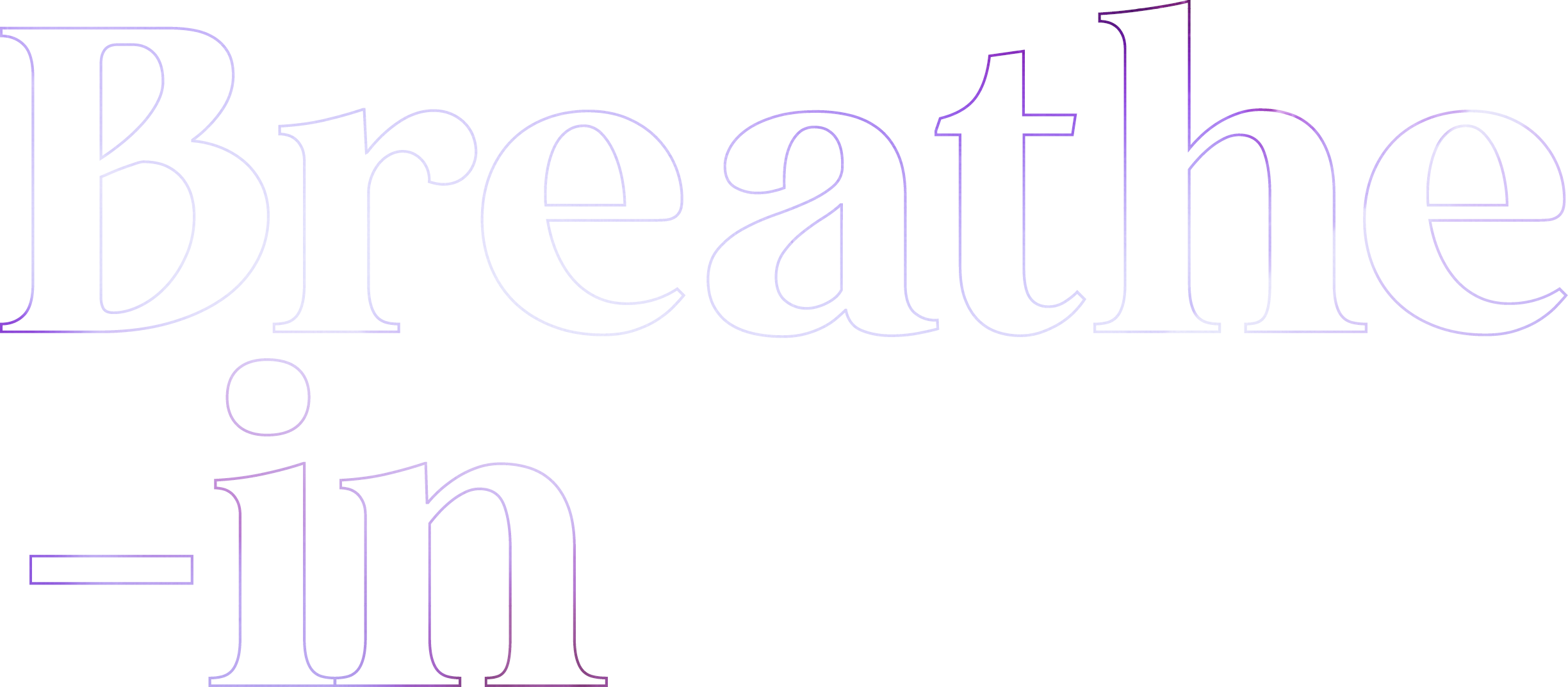
to prioritise
wellness
We can’t turn back the clock, but we do need to find innovative ways to off-set how our surroundings are impacting our mental and emotional well-being.
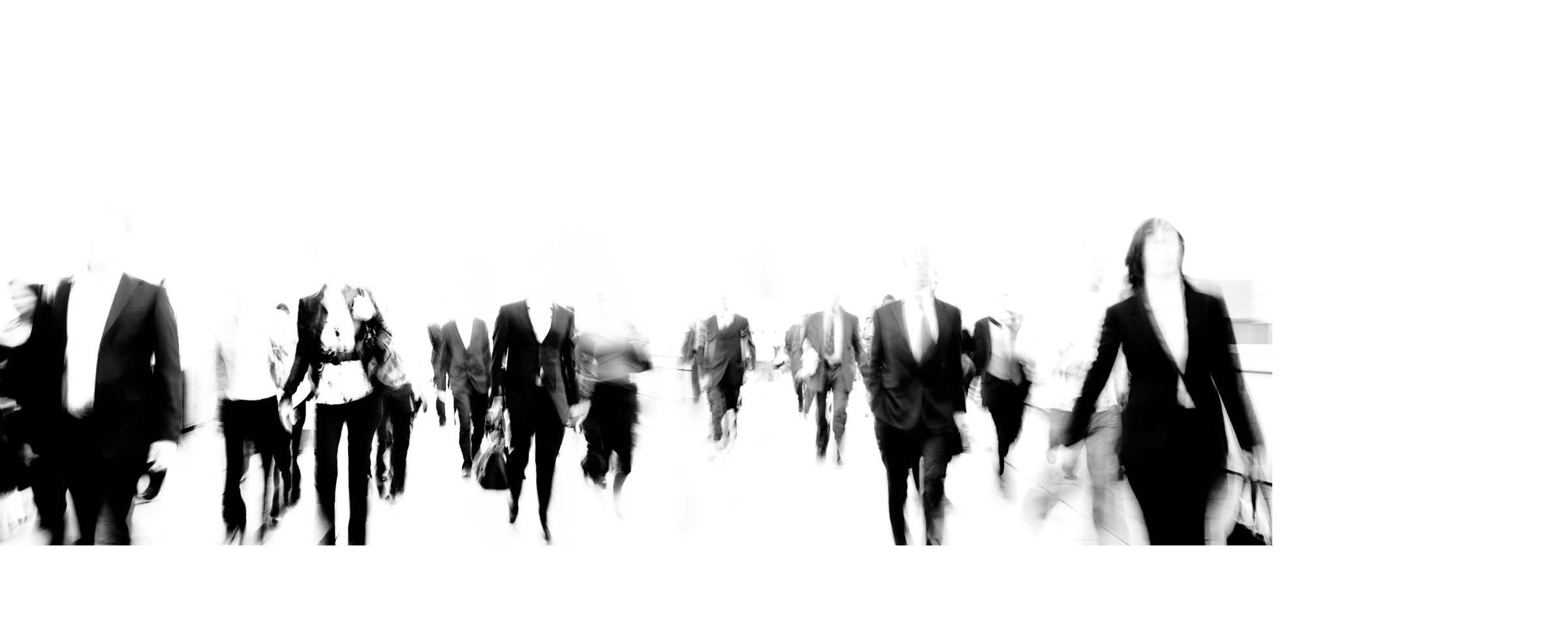
Recent advances mean we can now tap into people’s consciousness and improve their states-of-being through the application of scientifically validated, multi-sensory inputs.
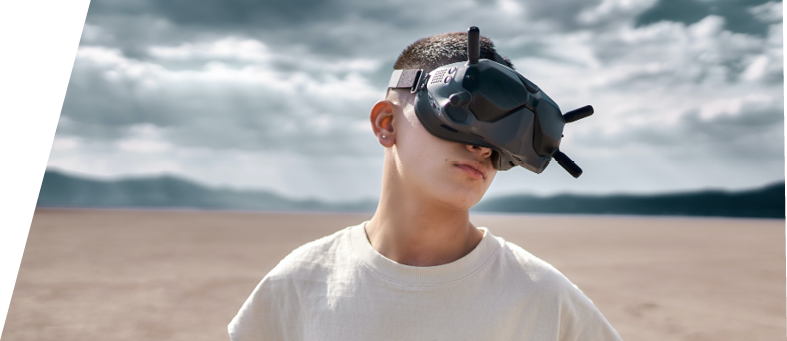
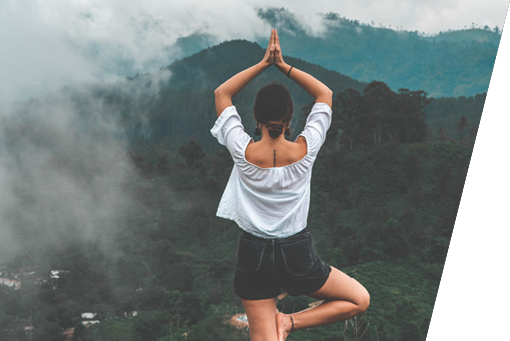
Its core insight is that whilst digital may be part of what’s breaking people, it can also help fix them.
Our guiding belief is that Experiential Wellness represents a significant opportunity for organisations and brands. Those who embrace it can not only make a meaningful difference to the customers and communities they serve. They can also spark uplifts in affinity, distinctiveness and – ultimately – preference.
health conditions
are suffering
Source: 1. Mental health – who.int
Sources: 2. COVID-19 and how consumers
think about healthcare – McKinse
In the decade to 2017, the World Health Organization identified a 13% increase in mental health conditions. Young people were the worst affected, with 20% of the world’s children and adolescents suffering.1
The fear and isolation caused by COVID has exacerbated the problem.
In a survey by McKinsey,2 one in five respondents reported reduced physical wellness since the start of the pandemic… and a startling one in three said their emotional wellness had deteriorated.



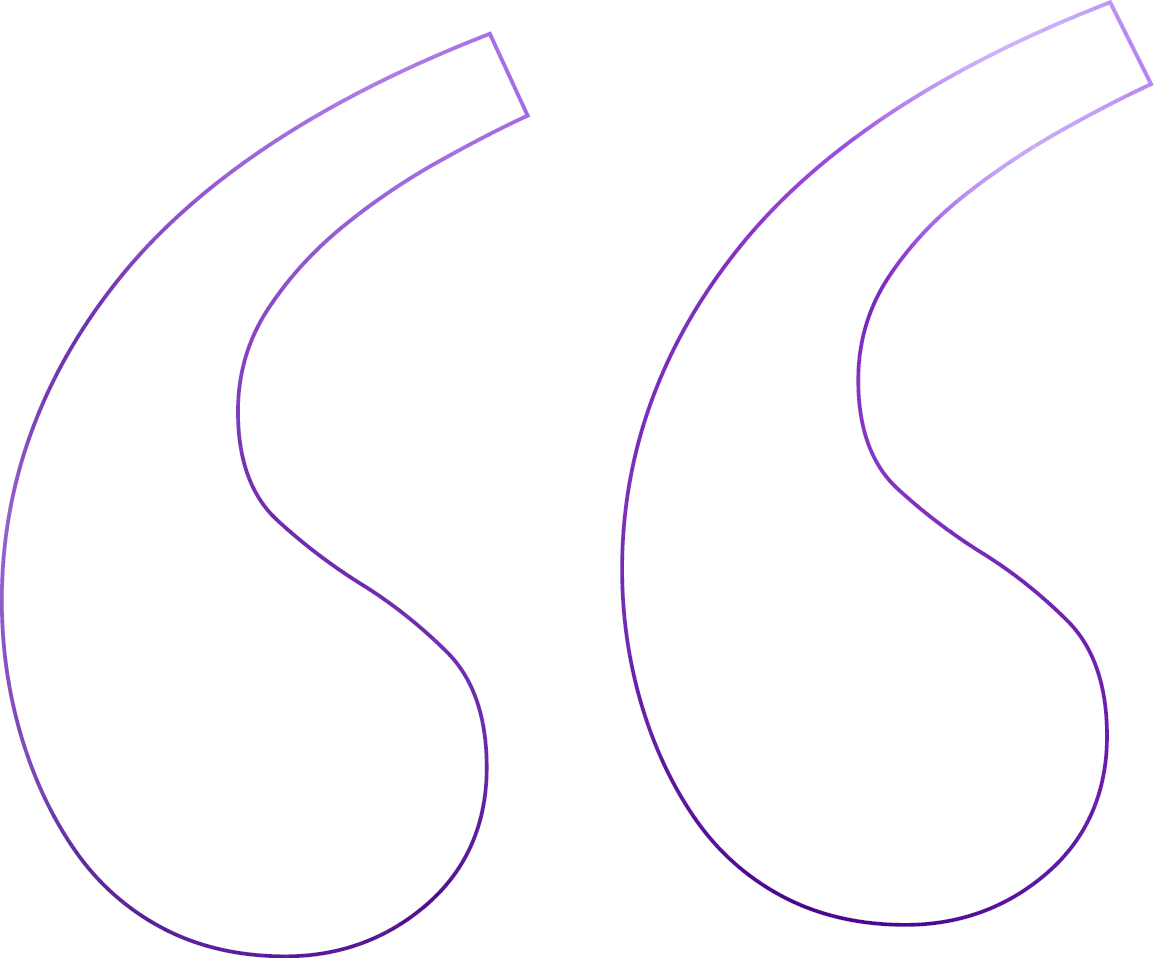
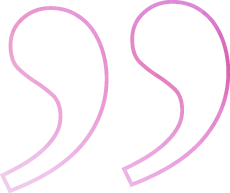
The price of all this isn’t just human. Two of the most common conditions, depression and anxiety, cost the global economy US $1 trillion each year.4
With social equity and economic growth both high on the agenda, tackling the issue should be a priority for us all.
Source: 3. Workplace stress statistics: how stressed is the UK in 2021? – Ciphr
Source: 4. Mental health – who.int

Driven by a wave of innovation, practice within the field is evolving fast. By aligning themselves with the latest science and technology, organisations can position themselves as leading-edge.
The link between brand impact and brand profitability is now proven. Given the size and significance of the social challenge, Experiential Wellness allows organisations to create impact at scale.
In today’s hyper-competitive world, it’s rare to find ownable spaces. But the Experiential Wellness landscape is still relatively uncrowded. Organisations that act quickly can secure first-mover advantages, including increased brand differentiation.
hold your

matters
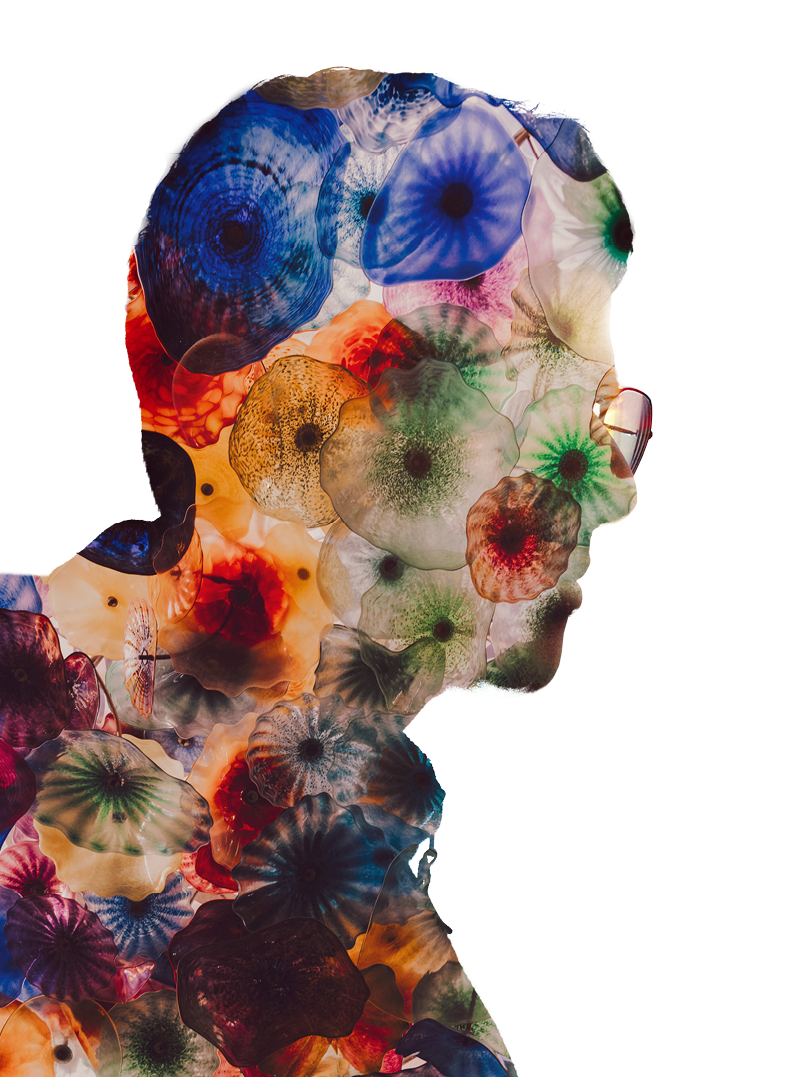
For instance, experiments have shown that exposure to certain fractal patterns found in nature can reduce stress levels by up to 60%.5 Other studies have found that applying vibroacoustics to the skin at a 40Hz frequency can mitigate tension, reduce hyperventilation and aid insomnia.6
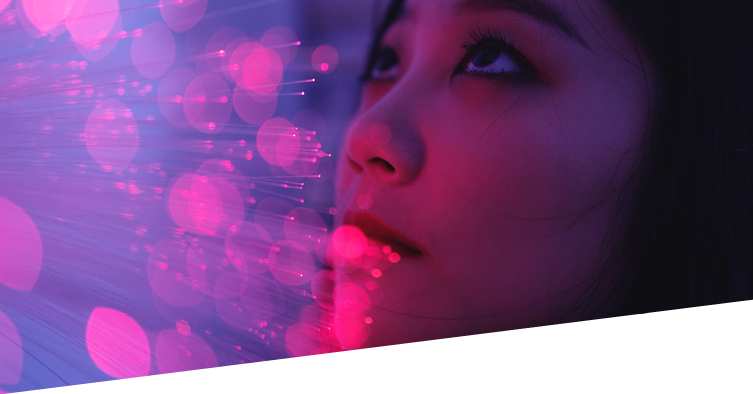
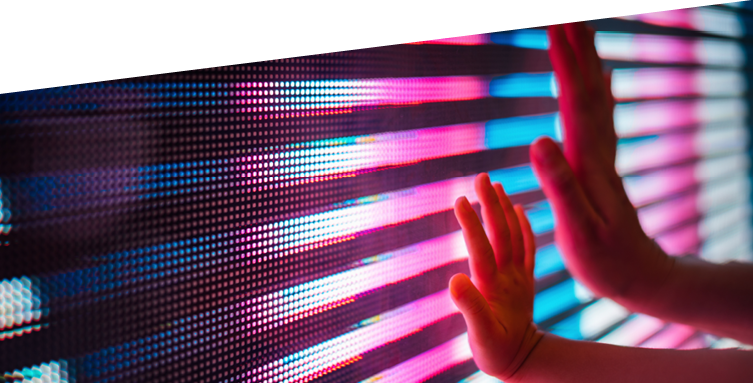
Experiential Wellness builds on these insights by stimulating multiple senses in concert. The key determinant of a successful outcome is how effectively the different inputs are integrated and optimised.
Source: 5. The human brain would rather look at nature than city streets | Around the O (uoregon.edu)
Source: 6. Low frequency research—client populations and common frequencies used—literature review (researchgate.net)







In developing our thinking, one of our key partners has been Fusion Spaces
The company specialises in human-focused technology that helps people live well.

Jayne Cox, director and co-founder of Fusion Spaces, has a good way of summing up why immersive, multi-sensory experiences have such high therapeutic potential:



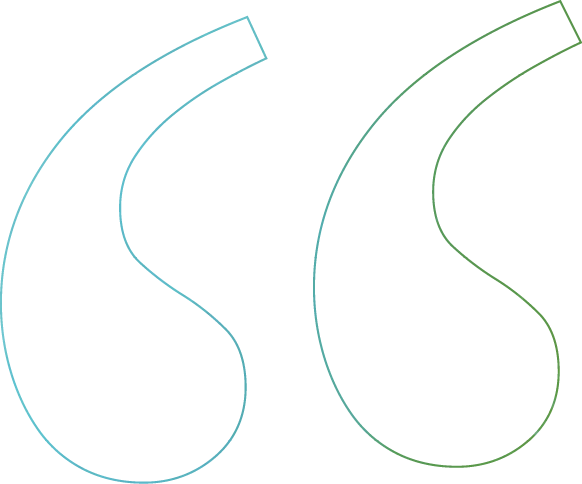

The benefits of Experiential Wellness can be profound, reducing anxiety, enhancing emotional wellbeing and helping our brains and nervous systems to re-set.
But none of these things happen by accident. Unlocking them requires a systematic process. At Pixel Artworks, we’ve developed a 5-step methodology that ensures our solutions are both human-centric and scientifically validated.












you can
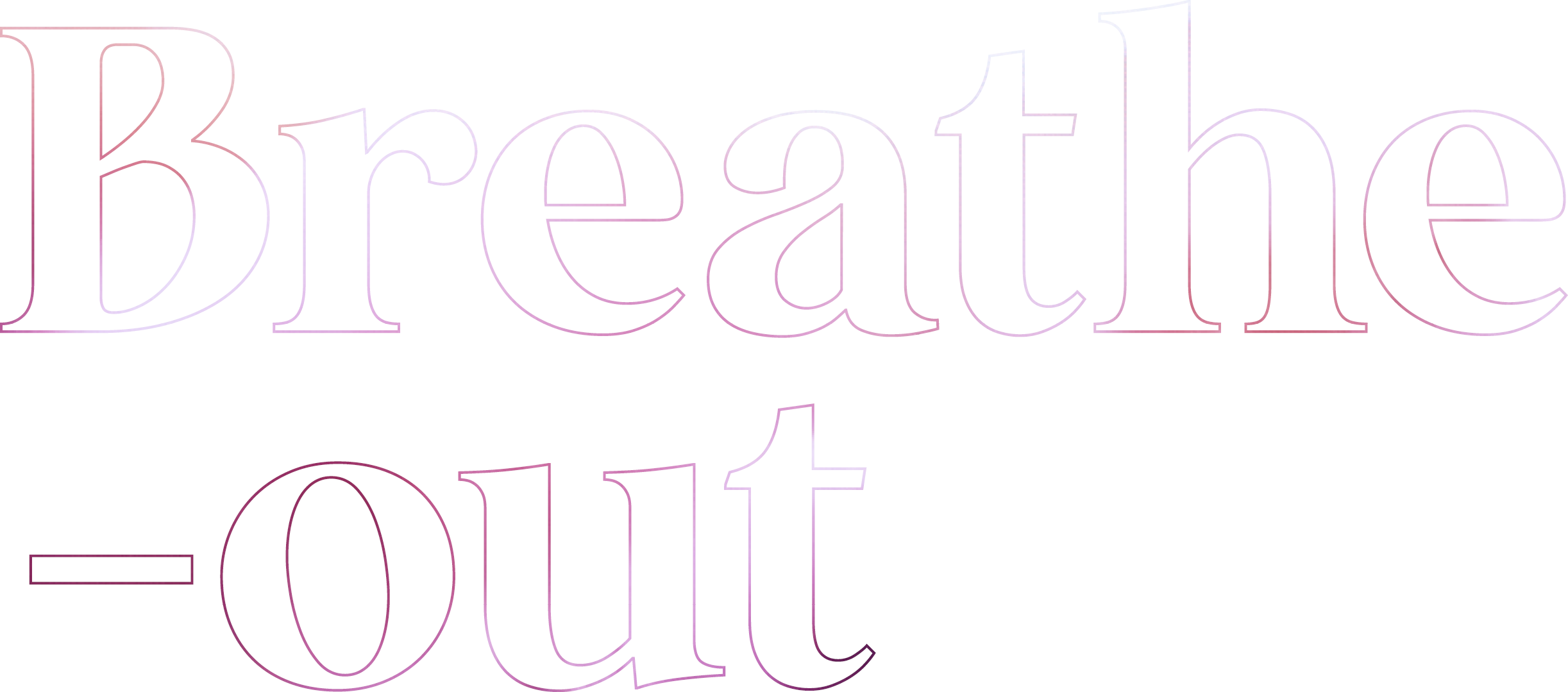
Bringing Experiential Wellness to life
Cities are often chaotic places, inducing stress in residents and commuters alike. One physical effect is to change how we breathe. The pattern tends to become shallower and more rapid, further ratcheting up anxiety levels.
To address this problem, we launched London’s first immersive mindfulness experience last year.
Partnering with Panadol, ‘Room to Breathe’ premiered at Outernet in London
The multi-sensory installation played out three times a day across four stories of LED screens, making it the world’s largest LED screen deployment
Utilising Epic’s Unreal engine, ‘Room To Breathe’ combines visual and audio
cues with a four second box-breathing technique. Images of rolling clouds, ethereal skies and an oscillating sun-like orb are synced to encourage calm, wellregulated breathing patterns.

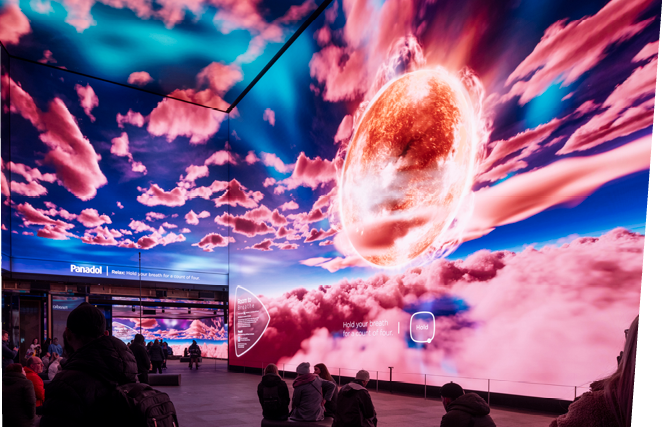
Source: 7. Inside The Outernet: How The Billion Pound Concept Plans To Make Its Mark (forbes.com)
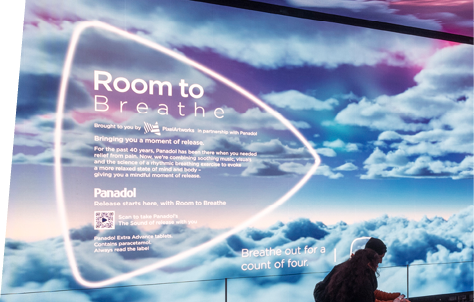
Source: 7. Inside The Outernet: How The Billion Pound Concept Plans To Make Its Mark (forbes.com)
Future global iterations will include an original soundtrack, composed by multi award-winning composer and sound designer, Tom Middleton.
To help visitors settle into the four second rhythm, the track slowly moves from acoustic piano to more organic synthesized tones.

and destress
physiological relaxation
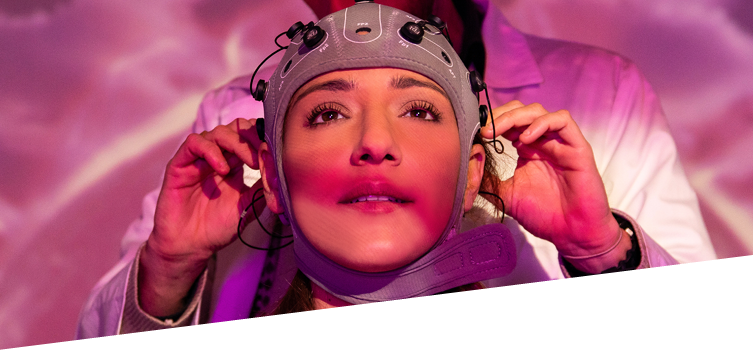
The impact of ‘Room To Breathe’ extends well beyond the inperson experience. By educating people on how box-breathing reduces anxiety, it arms them with a powerful tool to manage everyday stress.
Prior to its global rollout, we carried out testing of ‘Room To Breathe’ under lab conditions and found that 84% of participants said the experience helped them unwind and destress. 50% showed signs of physiological relaxation, measured by down-regulation of the peripheral nervous system.
In the future, installations will include scannable QR codes so that visitors can take a piece of the experience away with them. Such ‘ripple’ techniques will further amplify the wellness benefits over time.



Another of our principal partners is White Mirror, a wellness innovation design studio that’s worked with the likes of Pepsi, Nissan and Calm.
Spatial sound – or 3D audio – is currently having a major moment. Giants like Apple, Dolby and Sony are pushing products and plug-ins to augment how we listen to music.
But spatial sound can also improve well-being. From a psychophysiological perspective, it modulates the body’s nervous system in ways that bring us back
to the here and now. By doing so, it enhances listeners’ sense of comfort and security, lowering their heart rate and reducing anxiety.
increase in Theta brain wave activity
Source: 8. Theta Waves: How They Work in The Brain, Affect Your Sleep + More | mindbodygreen
To demonstrate the potential, White Mirror teamed up with Apple Music, Platoon and Paul Oomen, founder of the Spatial Sound Institute and a global authority on the subject. Together, they developed a unique science-led spatial album and a world-first audio experience.
A set of sensory design principles guided the making of the 15-track ‘functional album’, which was specifically created to regulate mood and energy levels. Whilst listening to the album, users were also hooked up to a Sensate wearable that relaxed the vagus nerve by emitting infrasonic vibrations.
up to a Sensate wearable that relaxed the vagus nerve by emitting infrasonic vibrations.
In a follow-up study, Sensate and White Mirror found that the experience increased Theta brain wave activity by 32.5%. Most commonly occurring in the light sleep stage or whilst dreaming, Theta waves are the dominant frequency in healing, memory retrieval and states of heightened creativity.8 The research also showed a reduction in mean heart rate of nearly five beats per minute, consistent with improved vagal nerve tone.


hold your

Source: 9. Statistics & Facts - Global Wellness Institute


Attention is also turning to Mental Wellness nodes, sites that are purpose built to provide sensory immersion and sleep improvement. Together, these two markets were sized at US $330 billion in 2020.10
Sector-specific definitions like these are useful – but they can also be limiting. We think Experiential Wellness should be viewed through a broader lens.
Wherever people have a need, there is an opportunity for organisations and brands.
Source: 10. Statistics & Facts - Global Wellness Institute


State-of-the-art, immersive entertainment venues like Outernet London obviously fall into this category. But Experiential Wellness can also benefit – and help revitalise – any major shopping area, mall or outlet site.
As we argued in “Store-telling & the art of the S.E.L.L”, physical stores must become more than simply ‘places to buy things.’ They need to be destinations of magnetic appeal. Experiential Wellness solutions are one way retail sites can make themselves more compelling and more purposeful.




Some environments are intrinsically more hostile than others. Urban stressors are particularly prevalent in city centres, for instance. With commercial demand dropping, leaning into Experiential Wellness can help developers ensure their properties stand out from the crowd.
The same is true of airports. Investing in Experiential Wellness helps mitigate flyers’ anxiety and combats travel fatigue. There could also be knock-on benefits, positively impacting perceptions of the host country or city.





Healthcare is a prime example. All the evidence suggests that Experiential Wellness can help deliver better patient outcomes quicker and more cost-effectively. For a sector under high pressure, that’s a prize worth winning.
With student welfare rising up the agenda, the same logic applies to educational settings.
The third part of this cluster is commercial headquarters. As organisations seek to improve employee well-being, boost productivity and give people reasons to return to the office, Experiential Wellness should figure prominently in their HR strategy.




‘Room To Breathe’ is a Pixel Artworks Original, the first in our Wellness Series.
If you’d like a no-stress introduction to the science behind our solutions or are interested in discussing licensing opportunities across the slate, simply drop us a line.
We’d be delighted to set up a workshop tailored to your specific needs. If you’re in London, we can also lay on a guided tour of ‘Room To Breathe’ and the technologies it leverages.
Just email
originals@pixelartworks.com and we’ll be in touch to arrange a time that works for you.

